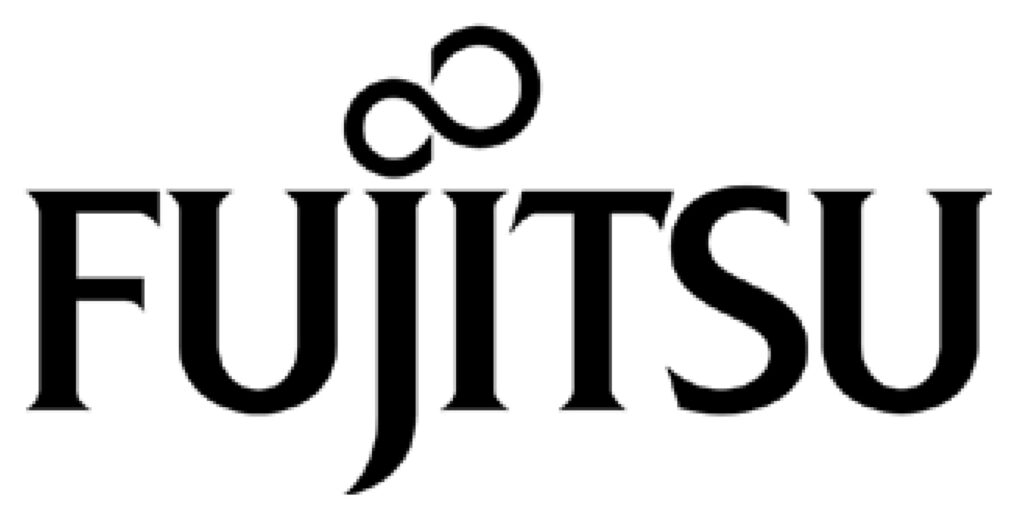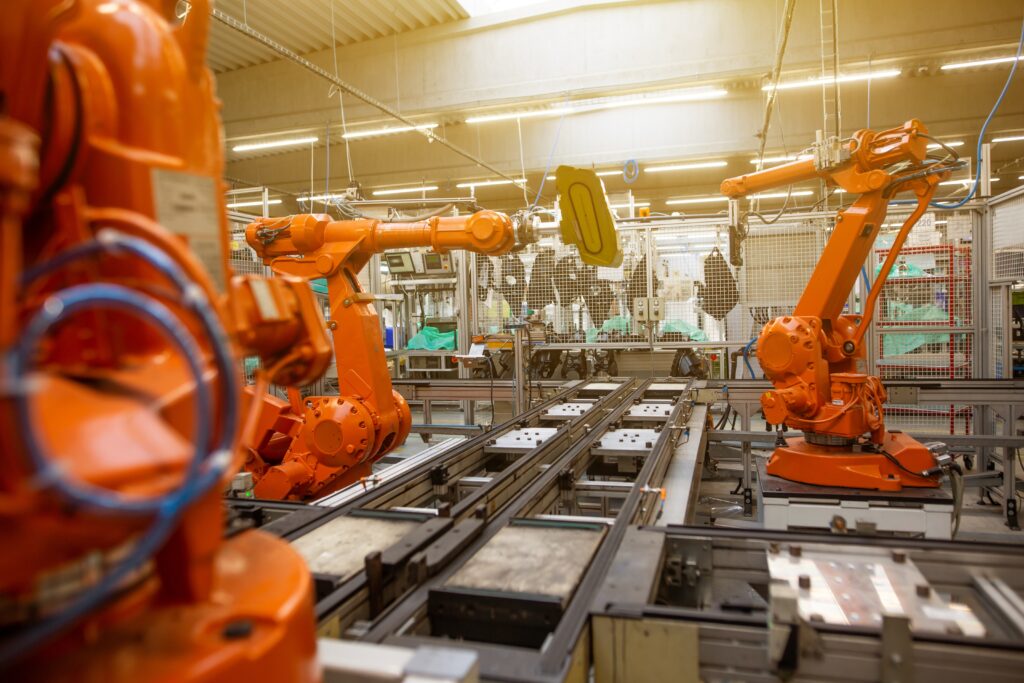SAP’s reputation as a globally prominent, market-leading tech manufacturer brings a sense of responsibility in times of transformation. The company must lead by example, and hasn’t shied away from this pressure as it looks to reshape the image of enterprise resource planning in the current climate. Regional Vice President Digital Supply Chain & Industry 4.0 at SAP Venkat Venkataramani tells us more.
Hi Venkat. SAP has such a rich history and legacy around the world. How has your role within the company evolved over the years?
I have been with SAP now for more than 10 years serving in several different roles, but all of them in a customer facing and advisory capacity. Throughout, I’ve focused on driving pipeline development and revenue for SAP in the digital supply chain space. Prior to SAP I have worked for both large organisations and startups across areas of sales, as an account executive and even in an engineering capacity across a more-than 25-year career. Supply chain and manufacturing are where my skills lie, and I lean on that experience now to help SAP in its mission.
Click Below: view the magazine version of this content
So, what is that mission in the present day?
I think it’s a reassessment of what ERP means in the current context, and what SAP actually offers through its renowned enterprise resource planning systems (ERP). Most people consider ERP as transactional financial systems, which may be how they were intended initially. But if you look at our 50-year history, while we started as a business system with financial capabilities, we have always looked at the overall business and operational elements of an enterprise.
The key difference here is time. Financial systems require reporting that can arrive a day or even a week after an event. However, when dealing with the portfolio of customers we have, often in the manufacturing and supply chain space, they don’t want just a transactional system to run their business. They’re looking for an operational ERP, and we have often been recognised as the operational ERP of choice, especially in manufacturing and asset-intensive industries.
This is important as it reflects these industries’ needs to be able to pivot in near-real time. If you’re using that finance-based rear-view mirror approach, then you can’t react effectively or prepare efficiently. An operational ERP such as the one we offer enables the ability to drive capabilities according to datafeeds that are inputs to the overall systems of operation.
How much has this mission, and the need for near-real time agility evolved in recent years given everything that’s occurred?
The COVID-19 pandemic really shone a light on the challenges in company’s supply chains, especially from the perspective of building risk resilience. Shortages in materials and components and the challenges seen across logistics functions were serious issues. These issues also drove the need for manufacturing companies to look at ways to leverage newer technologies to implement smart factories. This was not only to gain improved efficiencies but to also address labour issues while looking at “re-shoring” their manufacturing operations as well.
Essentially, this was to address risk and improve resiliency in their end-to-end supply chain operations following the challenges experienced.
Please talk me through the role of SAP in aiding these efforts…
SAP’s approach to building risk-resilient supply chain and manufacturing operations is to leverage our S/4 ERP platform which has been recognised as the operational ERP of choice by thinktank, IDC.
The aim through this technology is to facilitate a data-led, context-based and outcome-driven end-to-end set of processes. This spans all the way across design, planning, production, operations and delivery. Data provides business context, and the ability to mine that data, coupled with a real-time in-memory ERP with S/4, provides the ability to establish “cause and effect” decisions in that near real-time. Companies are then able to drive efficiencies and pivot when there are risks identified.
Our industry leading and vast business network further offers the opportunity for customers to collaborate with their own suppliers for raw materials, components, logistics and even contingent labour requirements. Again, the end result is a more agile and risk-averse supply chain function.
What has been the crux of your digital transformation strategy during this period?
Digital capabilities, including the ability to leverage data, apply newer technologies such as AI/ML to identify trends, and adopting systems that apply those inputs to a feedback loop to optimise decisions, are all critical.
Data is the “new oil”, and our platform-based approach is a differentiator in terms of leveraging data across the end-to-end processes to drive transformation. As well as this commitment to data, and the AI technologies that filter it, we have also championed other Industry 4.0 capabilities such as robotics, RFID, vision systems and even drones in some cases. They all combine to build on the operational ERP platform that SAP’s S/4 provides; breaking down siloes and connecting for optimum efficiency.

These newer technologies are the bedrock of companies’ smart factories because of the data they yield. Orchestrating these elements as part of the execution of manufacturing processes, by leveraging data in near-real time, is the holy grail within the context of ‘digital transformation’.
It sounds as though the industries you work with had a bit of a mindset shift during the pandemic, that SAP was already prepared for and championing prior?
Certainly in terms of that consolidation of data sources. They had all these new technologies and repositories of data but they weren’t making the most out of it because there wasn’t a way to bring them together under the banner of a business context, or a clear strategy. This meant that pivoting quickly was very difficult as the information wasn’t clear, or contextual. This was a risk, and it was risk that COVID really shone a light on.
The other mindset shift was more generally among the general public. My parents didn’t even know what I did for a living before the pandemic! ‘Supply chain’ seemed to be a term only the few that worked in that realm were aware of. A few panics about the availability, or lack thereof, of toilet paper on shelves and suddenly everyone is very interested in supply chain optimisation!
Content Sponsor: Fujitsu

It’s a bit of a cliched question, but where do you feel that people fit into this digital transformation equation, especially from the vantage point of a digital enabler?
To use another cliché, my opinion around the success of any digital transformation, is that it must revolve around people, processes and technology. The pivotal part being, that it must be in that order!
With such rapid advances in technology, the need to bring workers along with each incremental evolution is critical. I think for manufacturing in the US, this is especially important with the trend of nearshoring and businesses opening facilities up domestically once again. Skilled techies are needed, but those industrial stalwarts also need to be brought up to speed with the digital transformations taking place in these reopening and high-potential factories.
With that, there also needs to be a rethink about who makes up the workforce, I feel. Diversity is paramount, pointing to a mix of age, education, ethnicity, background, sexual orientation and all other factors. This is an opportunity to not only reignite, but to refresh the industrial sector, and to do that it must be attractive to all people who can lend their differing ideas and perspectives in an era of transformation.
SAP’s own commitment to diversity and ESG is reflected in our own HR stack capabilities, while we practice what we preach when identifying suitable suppliers within our own network too. We have a responsibility to set an example.
That responsibility presumably spans the sustainability conversation, too?
Absolutely. As mentioned, we at SAP want to be regarded as the platform of choice for customers, both because of our ESG credentials, and because we enhance their own ESG needs.
Simply, for every customer of ours, sustainability is no longer just a buzzword but is tied to regulatory requirements as well as shareholder commitments that are required. The plastic tax in Europe is an example of upcoming regulatory requirements here in the United States, and given the global nature of many of our Fortune 100 and Fortune 500 customers for whom SAP is the ERP of choice, sustainability and ESG are key elements that we need to incorporate within our technology stacks.
We are currently building key capabilities in our core ERP platform that enable us to track and report on ESG and sustainability metrics, as well as additional capabilities in the edge to make elements actionable.
Going back to that word, ‘responsibility’, do you feel there is more pressure on a company the size of SAP to set an example in these areas?
There is but we want that responsibility. We strive to be an exemplar and to set a precedent for how a large organisation should operate in these sectors and in this era. This might relate to the renewable energies used to power our facilities, or the approach we take to flexible working to further decrease the organisational carbon footprint.
Most importantly, it’s about ensuring that we don’t just say we’re doing things to tick boxes. We need to actually quantify improvements, speak to workers to gauge their ideas and preferences, and ultimately translate these environmental impacts into business opportunities too.
Sometimes, companies say they are ‘being green’ but when asked exactly what they’re doing, and to what end, they struggle. For our stakeholders, for regulators, our customers and our employees, we need to be able to show what impacts we’re making through our sustainability and ESG initiatives.
I understand this ethos fits into your actual tagline at SAP?
Indeed, our company tagline is “Help the World Run Better”. It’s a core paradigm which not only informs our behaviours, but every customer engagement we’re involved in. We want to help every customer run their operations in a more considered, efficient, risk-averse way.
As such, we remain their partner of choice at such a crucial time of transformation. It’s also led to IDC recognising us as the operational cloud ERP of choice among manufacturing companies. Meanwhile, we’ve also received several shoutouts for being placed in the top rung for a number of solutions; including SAP Digital Logistics, and SAP Transportation Management being positioned as a leader in Gartner’s Magic Quadrant for TMS 2023 as a further example.
We spoke about your vision and mission at the very beginning. How do you assess that in the context of looking forward, and what you are now striving towards?
Our vision today is more relevant than ever. Our purpose has always been to help our customers be agile and intelligent enterprises, and with the rising importance of data, and the need to be robust against risk, those notions of intelligence and agility are more important than ever before.
Being able to make decisions in real time is dependent on these qualities, but also on a business network that we can facilitate through our ongoing partnerships and acquisitions. This expanding network and connecting software can enhance communication, predictive forecasting, real-time decision making, mitigating decisions, and sustainability strategies across the supply chain; with all key companies feeding into a single source of reliable data that is generated on a continuous basis.
To that end, what is your own, personal vision, for the future of supply chain management?
Well, really, it interlinks with SAP’s in that it is a vision for a risk-resilient, equitable and sustainable supply chain that leverages the global-local network of capabilities; all enabled by a platform that provides end-to-end capabilities in near real-time. Meanwhile, limiting the value leakage that most customers experience when they cobble together disparate systems.
In doing so, we address both regulatory and business needs as companies look to be more sustainable, report more accurately, and achieve more with less. We also address how these capabilities can make for a more risk-resilient, sustainable and equitable supply chain.

